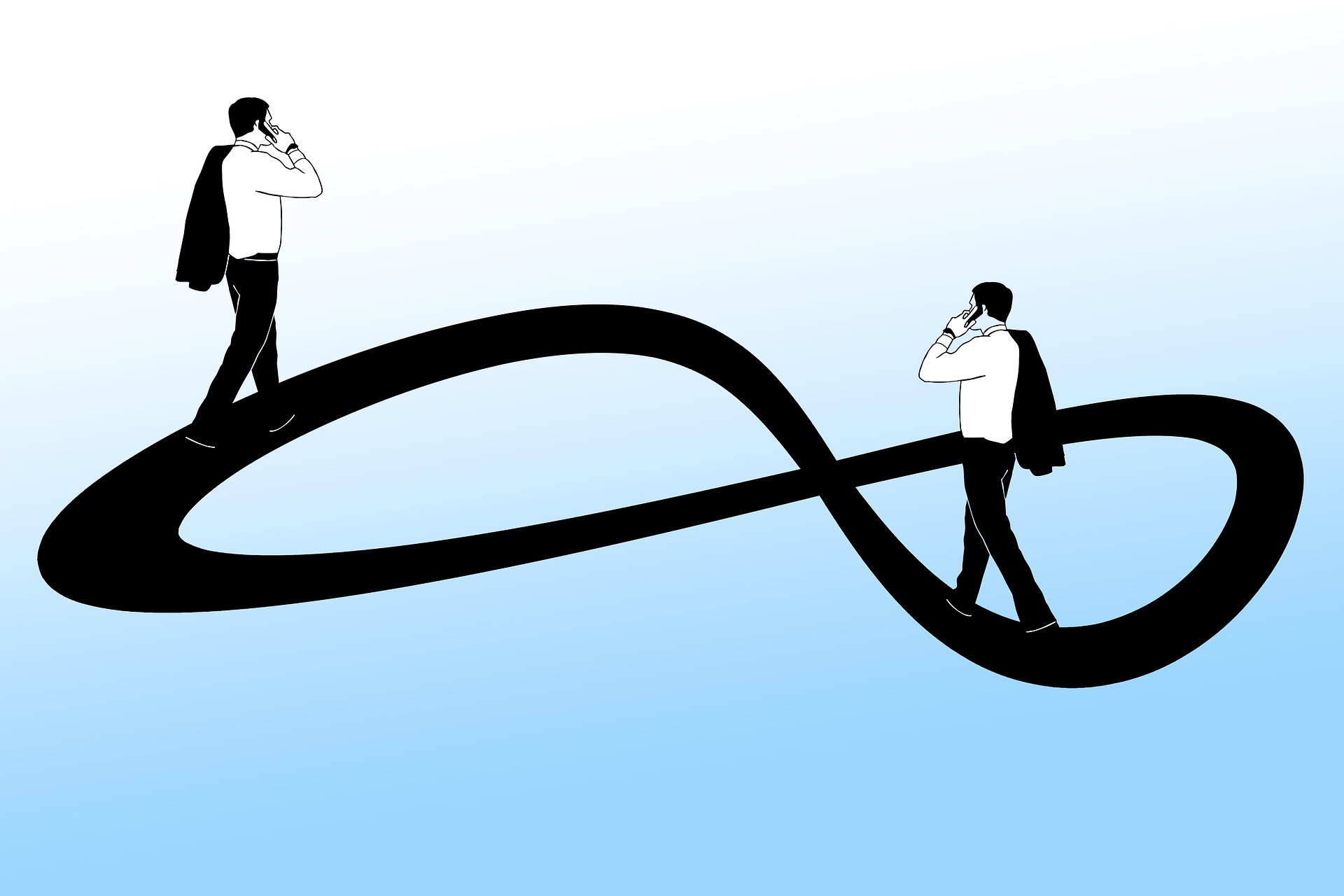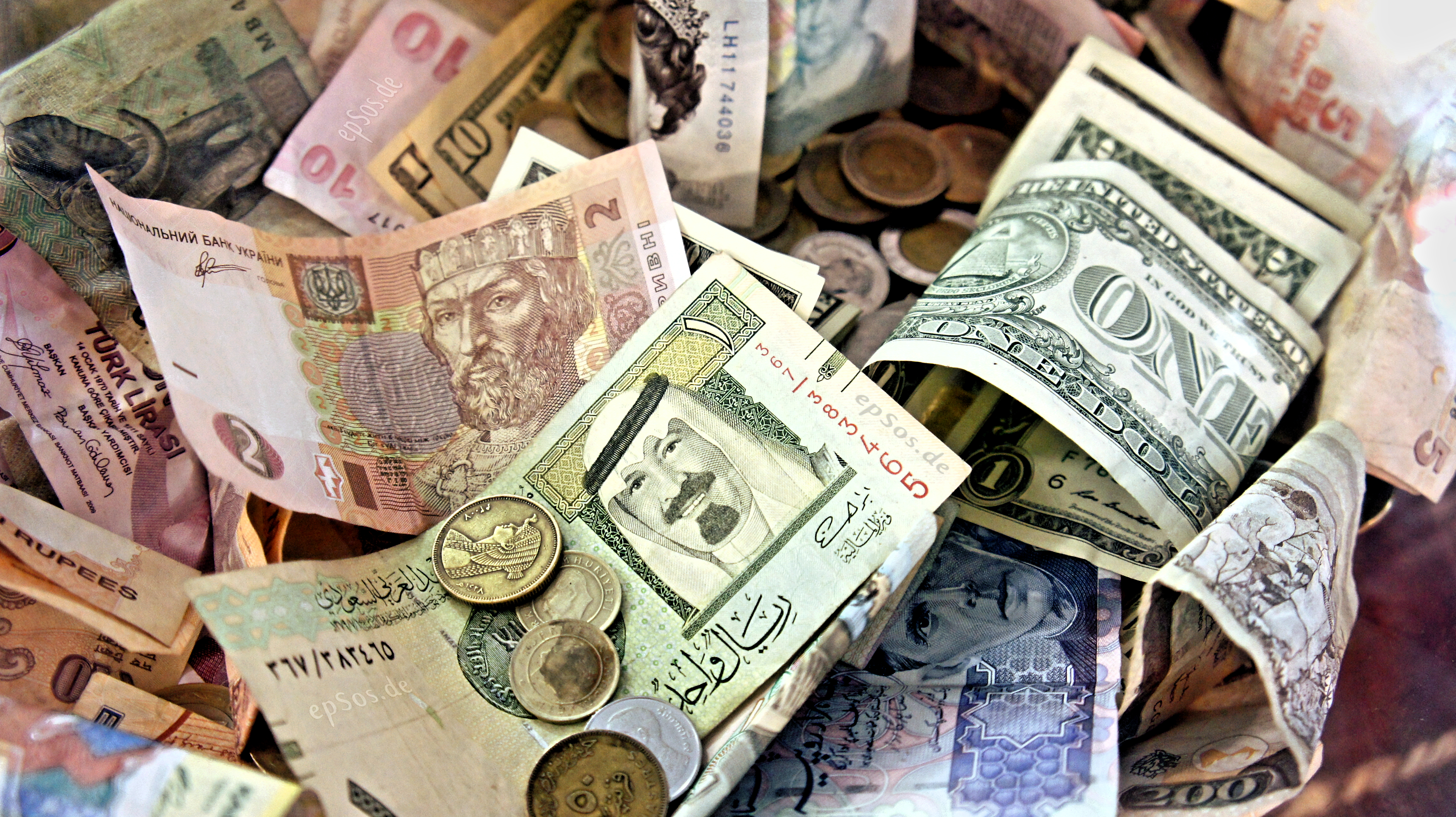(The following is a draft of the unveiling presentation for The Value Game at The Future of Money and Technology Summit in San Francisco on February 28th 2011)
Hello;
The Ingenesist Project is developing a new class of business methods that convert social value into financial value, and vice versa. The premise is that when people cooperate to do useful things, they can also create an amazing amount of social value.
Historically, we have seen how each of the great eras of human civilization was derived from the prior era when the tools of that prior era became integrated. Like when the wheel, wedge, and pulley integrated to become the printing press. Great social transformation followed.
So it is that integration of tools that we are most interested in.
Today, we can see this drama playing out across the Globe as people integrate the tools that were created over the last 30 years. People are reorganizing and in doing so they are directly challenging the power of financial currency with equally powerful social currency.
So it is inevitable that a conversion factor between social currency and financial currency will arise. And that, we believe, will mark the next economic era.
So we developed something called The Value Game that we believe will help build the social infrastructure for the creation, storage, and exchange of social value.
The Value Game is a new class of business methods designed to specifically create social value. The rules of the Value Game are very simple. The Game Starts and Ends with money but all of the new value created in the game is denominated in Social Currency.
A Value Game is created by assembling 3 or more communities around a single shared asset in such a way that their interaction with each other relative to the asset creates social value. In this form, social value can then be more readily converted to a financial value.
To demonstrate this, we helped launch a new company called Social Flights. The objectives of Social Flights are to aggregate a large fleet of Private Turbine powered Aircraft and deploy them to the Social Graph instead of the Hub and Spoke system used by the Commercial Airlines.
The Shared Asset is the jet. Player 1 is the traveler community. Player 2 is the community of private aircraft operators. , Player 3 is the community of entrepreneurs at the flight destination. The True Value Calculation compares the true door-to-door cost of using Social Flights versus other alternatives such as commercial airlines.
For example, flying between two smaller cities like Bellingham Washington and Vail, Colorado. A Commercial flight would take close to 14 hours traveling through two hubs. A fully utilized private flight would cost about twice as much but can make the flight in 3 hours. So right off the bat, the True Value Calculation issues a par value between alternatives. So if your time is worth less than, say, 70 dollars per hour, you are better off taking commercial airlines. But if your time is worth more than 70 dollars per hour – for whatever reason – then you should take the private flight.
Now, a hotel in Vail may say – wow, here is a group of 10 people staying 5 days. They can divert advertising budget and issue a 100 dollar “discount coupon” to everyone in the group. Now the par value of the private flight is reduced to 60 dollars per hour. Next, Ski slopes, restaurants, bars, and services will deploy Coupons against the airplane lowering the par value toward closer to middle class incomes and certainly well within the business class of a commercial airline.
Things will get really interesting as people start gaming the game. The more demographic information that the traveler provides, the greater the likelihood that more and more vendors will issue them a discount coupon – which they can even resell on Craigslist.
In effect, why would someone let Facebook sell their information when people can sell it their selves? Why would vendors pay for advertising when they can find the perfect customers directly? Why would a manufacturer pay a retailer when the community can sell it for them? Here we see a great deal of financial value can also be articulated in a Value Game.
Theoretically, we could build a Value Game around any shared asset from zip cars, public infrastructure, energy production, education, natural resources, even the totality of human knowledge, etc.
But for now, let me introduce Allen Howell, Chairman of Social Flights who will discuss how this new business method is developing in practice.
Social Flights should be very interesting to many of the people here because it integrates several of the hottest properties in the Valley; Travel, Coupons, Gaming, and Social Media. Each of these communities have seen astonishing valuations lately so it will be interesting to see what happens when they, in fact, become integrated.
So please welcome Allen and I can take questions while he sets up.


